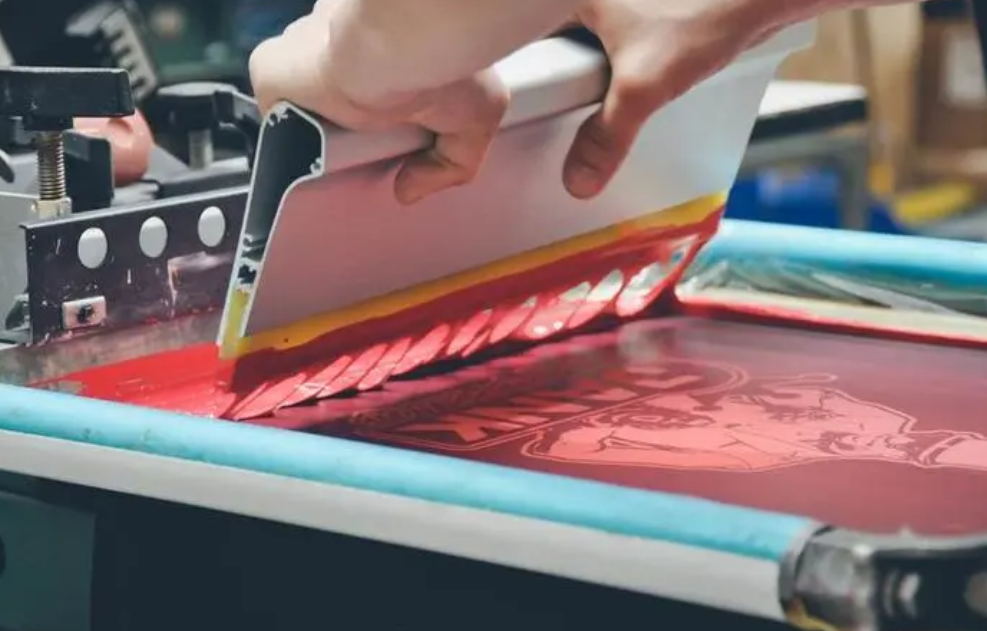Our Academy

Not sure which printing method fits your Tyvek bag design? Picking the right one helps your artwork stand out and ensures the final product looks exactly as you imagined.
What are the best printing methods for Tyvek bags? The top 3 printing methods for Tyvek bags are silk screen printing, heat transfer printing, and UV digital printing. Each method suits different design styles and order sizes, offering unique benefits in durability, color vibrancy, and precision.
In this article, we’ll compare these three methods side by side—explaining their strengths, limitations, and when to choose each—so you can make the best decision for your custom Tyvek® bag project.
Tyvek bags are tear-resistant and suitable for repeated use. True
Tyvek material resists tearing and abrasion, making the bags durable enough for daily use in shopping or outdoor activities.
Tyvek bags are fully biodegradable. False
Tyvek is made from high-density polyethylene (HDPE), a recyclable plastic, but it does not naturally break down like cotton or jute.
This makes silk screen printing ideal for simple, single-color, or two-color designs.
Advantages:
Disadvantages:

Although heat transfer printing is slightly more expensive, it offers high design precision and visual appeal, making your bags look refined.
Advantages:
Disadvantages:
UV digital printing uses ultraviolet light to cure the ink, making it particularly suitable for printing large logos or full-coverage designs. It is also highly precise and can print complex images.
UV digital printing is ideal for large designs and can present intricate patterns. Despite the slight ink odor, its excellent print quality makes it a top choice for many high-end designs.
Advantages:
Disadvantages:
| Printing Method | Best For | Pros | Cons |
|---|---|---|---|
| Silk Screen Printing | Simple logos, one or two solid colors | – Low cost for bulk orders – Consistent color | – Cannot print gradients – Not ideal for fine lines |
| Heat Transfer Printing | Complex artwork, gradients, photos | – Vibrant color – High detail reproduction | – Higher cost – Slower process |
| UV Digital Printing | Large logos or full coverage designs | – High precision – Fast curing | – Ink odor – Not suited for textured effects |
Don’t worry if the printing options seem overwhelming—our team is here to help. Simply send us your logo or design, and we’ll recommend the most suitable printing method based on its style, color complexity, and order size.
We’ll also provide multiple pricing options so you can choose what fits your budget. Selecting the right printing method not only ensures a better visual result but also enhances your brand impact through Tyvek bags.
If you’re planning to place an order, don’t miss our guide: Essential Tips for Custom Tyvek Bags – A Step-by-Step Guide. It walks you through the entire process clearly and simply.
Tyvek bags are highly suitable for brand customization and promotional printing. True
Tyvek’s surface supports high-quality logo and slogan printing, making it ideal for promotional and event bags.
Tyvek bags can be recycled in standard curbside recycling programs. False
Although Tyvek is recyclable, it often requires specialized recycling facilities and is not accepted in most curbside programs.
Screen printing, heat transfer, and UV digital printing each offer unique strengths when applied to Tyvek bags. Whether you’re aiming for simple, bold logos or detailed, full-color visuals, choosing the right method ensures your design looks professional and aligns with your brand image.
By understanding the pros and limitations of each option, you’re better equipped to select a printing method that fits both your style and budget.
Looking to create Tyvek bags that align with your brand identity? Yanxin Bag is a trusted custom Tyvek bag manufacturer, offering multiple printing methods—including silk screen, heat transfer, and UV digital printing—to suit different designs and order volumes.
As an experienced Tyvek bag factory, we provide expert recommendations based on your artwork and assist with sampling and bulk production.
Contact Yanxin Bag today and make your brand stand out with custom Tyvek bags.
1Explore the advantages of Silk screen printing to understand why it’s a preferred choice for many simple designs.
2Explore this link to understand the process and benefits of heat transfer printing in detail.
3Discover the benefits of UV printing for high-quality, photo-like graphics.
Note: Tyvek® and DuPont™ are trademarks or registered trademarks of Dupont or affiliated companies of DuPont.
Answer: Silk screen, UV digital, and heat transfer printing are the most effective and widely used methods for printing on Tyvek bags. Each method has its strengths depending on the design and order size.
Answer: Yes, heat transfer printing works well on Tyvek, but the temperature must be carefully controlled since Tyvek has a relatively low melting point. It produces vibrant, detailed results.
Answer: Yes. UV digital printing offers high precision and is suitable for full-color, complex, or large-area designs on Tyvek. It also dries instantly and resists water.
Answer: Tyvek is technically recyclable as HDPE (#2 resin), but most curbside programs do not accept recyclable Tyvek. Specialized recycling programs or mail‑in initiatives are required to recycle Tyvek bags properly.
Answer: Yes, Tyvek is breathable—it resists water penetration but allows water vapor and gases to pass through. That means Tyvek bags are water‑resistant but not waterproof and help reduce moisture buildup inside reusable tote or shopping bags.
Answer: For light cleaning of Tyvek bags or apparel, wipe with a damp cloth. For heavier soiling, hand wash or use a gentle cold-machine cycle with mild detergent; hang to dry. Do not bleach or tumble dry, as heat can melt Tyvek around 135 °C.
Answer: Traditional textile dyeing methods are not applicable to Tyvek. Instead, Tyvek surfaces can be colored through high-quality printing techniques such as screen printing or UV inkjet, making them ideal for custom Tyvek bags and brand-friendly Tyvek tote bag designs.
Answer: Not easily. With proper printing methods like UV or heat transfer, the print on Tyvek bags is highly durable and resistant to fading or peeling under normal use.
Answer: Tyvek bags are commonly used for reusable shopping bags, promotional tote bags, food delivery bags, event giveaways, and premium packaging. Their water and tear resistance, combined with customizable printing options, make them a popular choice for custom Tyvek bags across many industries.

Order or no-order we are Always here to help you!
We will contact you within 1 working day, please pay attention to the email with the suffix “@yanxinbag.com”.
Order or no-order we are Always here to help you!
We will contact you within 1 working day, please pay attention to the email with the suffix “@yanxinbag.com”.